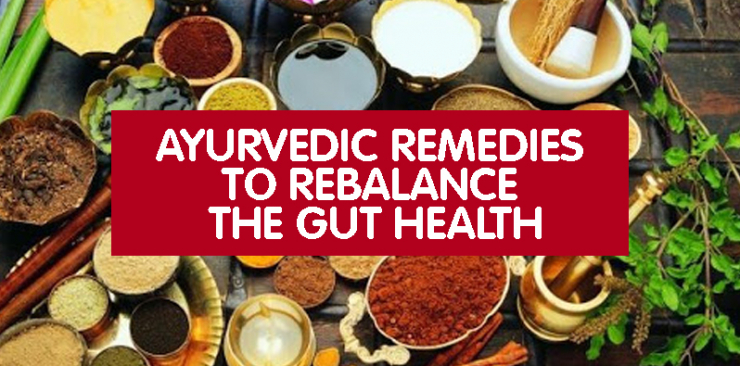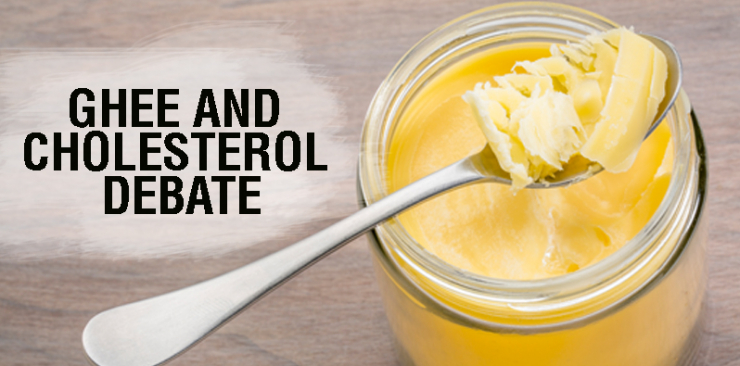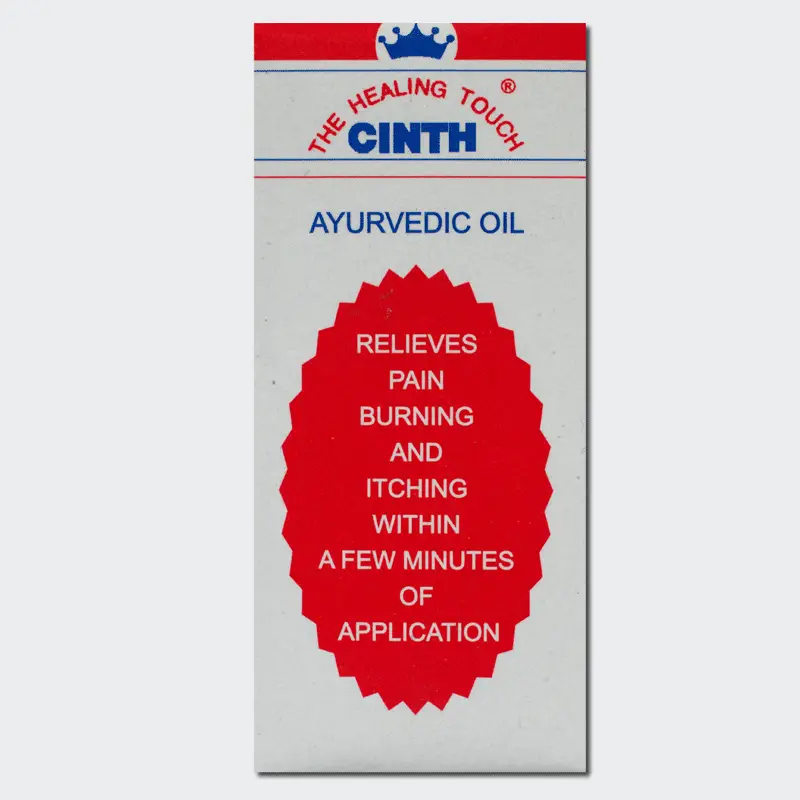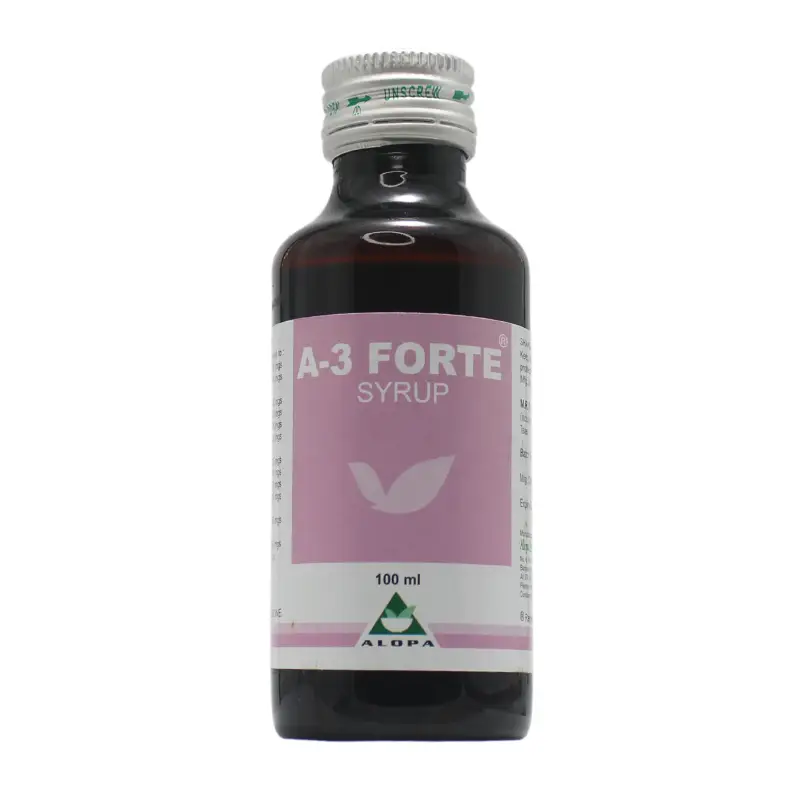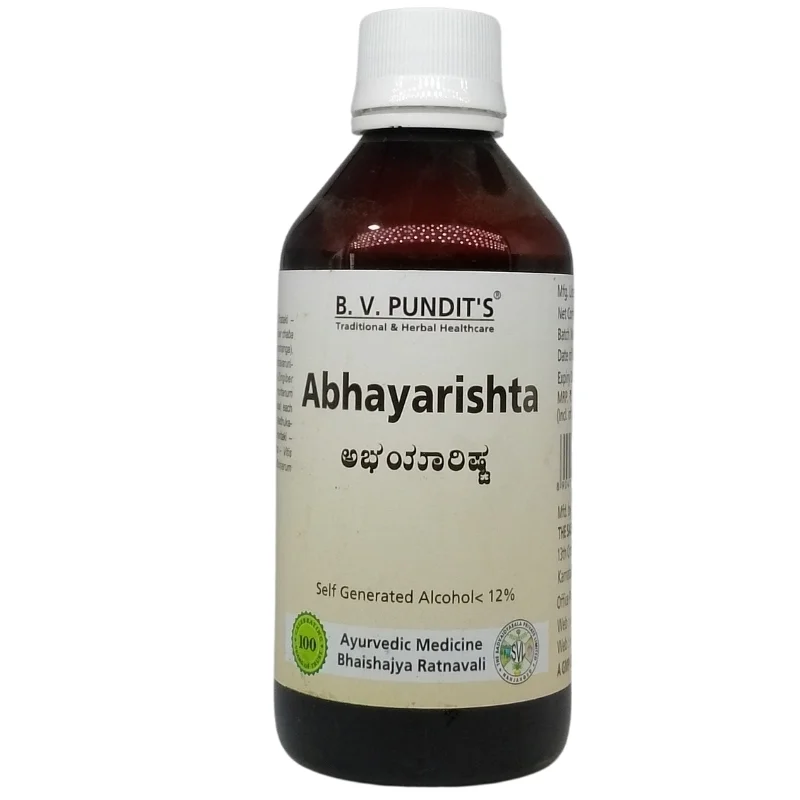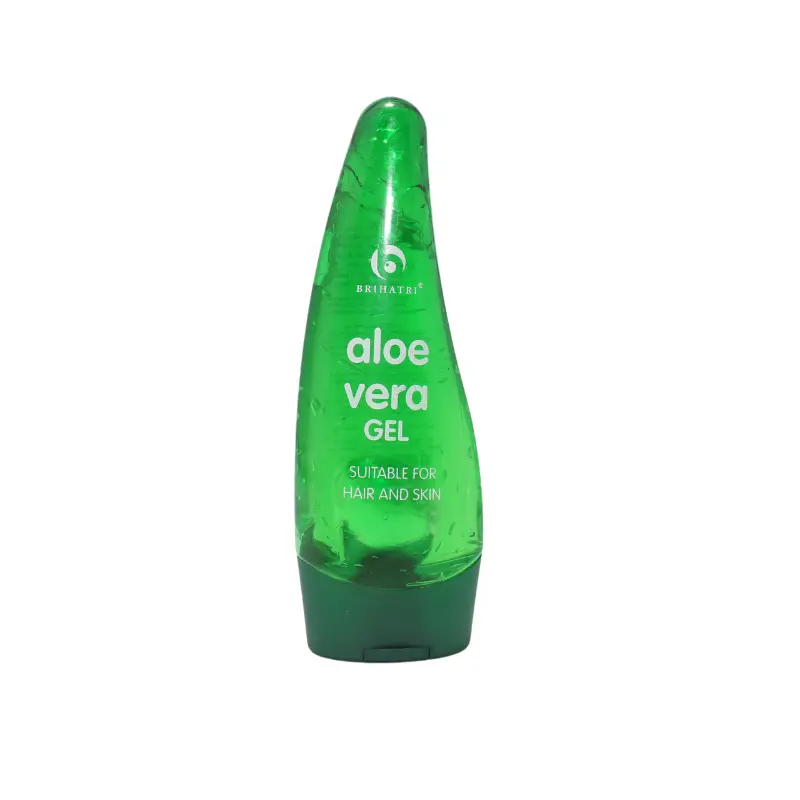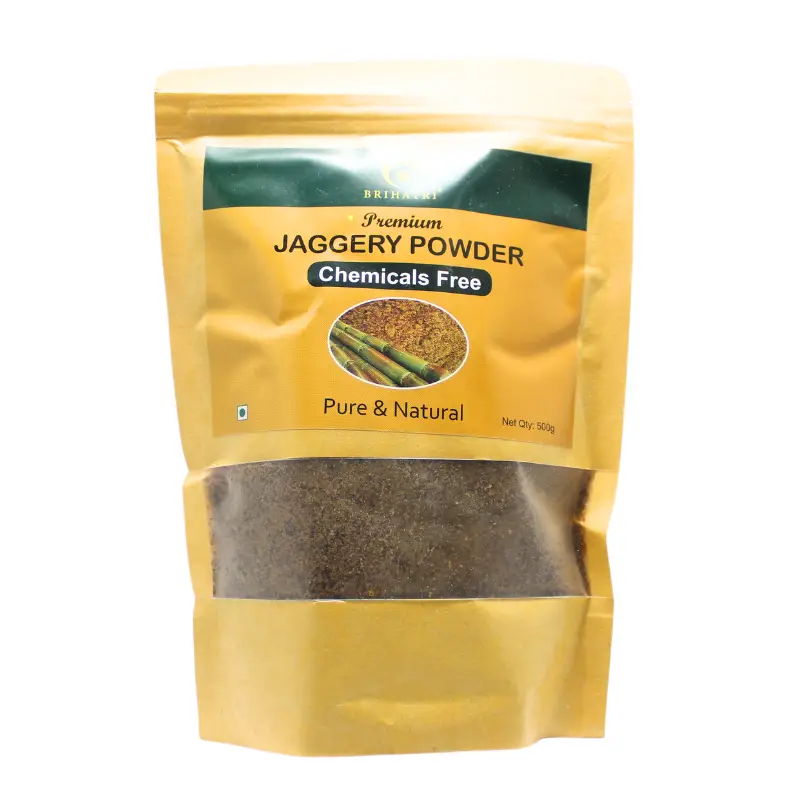Ayurvedic remedies can improve breast health and enhance firmness
Muscle and fatty tissues make a woman’s breasts. The breasts are the channel of milk production after childbirth. While breasts are a symbol of femininity, they sag with age as with time, breasts lose their suppleness and elasticity. Ayurveda can prevent and delay saggy breasts and keep them toned.
What causes breasts to sag?
While breasts sag with age, there are other key factors that influence sagging breasts. Some of these causes include menopause, mental stress, and estrogen deficiency. Collagen deficiency, too much weight, multiple pregnancies, smoking, and genetic factors also contribute to sagging breasts. Exercising or too much physical activity without breast support and not wearing the correct size bra can also lead to sagging breasts.
According to Ayurveda, there are four causes for saggy breasts
In an obese woman, too much fatty and muscle tissues in the breast lead to sagging breasts.
Underweight leads to dryness and emaciation of the body. This causes shrunken breasts.
As a woman age, the skin loses its tone and elasticity causing saggy breasts.
Breastfeeding a child is also another cause of saggy breasts.
Ayurvedic and herbal remedies
Ayurvedic tips and herbal remedies can bring the right shape to the breasts. Herbs are known for nourishing the breasts and uplifting them. They can delay the effect of aging and add firmness to the breasts.
Some of these herbs are:
Shatavari ( Indian asparagus, Asparagus recemosus)
Ashwagandha (Indian ginseng, Withania somnifera)
Vidari (Indian sarsaparilla, Hemidesmus indicus)
Lodhra (symplocos tree, Symplocos racemose)
Amla (Indian gooseberry, Emblica officinalis)
Khus khus grass (Vetiveria Zizanioides, vetiver)
Guduchi (Indian tinospora, Tinospora cordifolia)
Gotu kola (Centella asiatica, mandukparni)
Punarnava (spreading hogweed, Boerhavia diffusa)
Rasna (pluchea lanceolata, Indian camphorweed)
Harad (chebulic myrobalan, Terminalia chebula)
Mudgaparni (vigna trilobata, Phaseolus trilobus)
Fennel (Foeniculum vulgare)
Anise (Pimpinella anisum)
A study has shown that fennel and anise seeds contain photo-anethole and anethole that stimulate estrogen production and help breast growth. Fenugreek seeds also have estrogenic properties which enhances breast size.
Aloe vera is known to improve wrinkles and elasticity in our skin, with an increase in collagen production in the skin. Due to these properties, it brings in firmness to breasts.
Red clover has estrogen boosting nutrients, which help to stimulate breast growth. Damiana leaves are known to contain phytoestrogens, which also stimulate the tissue of the breasts. It also balances hormonal levels and helps to build firmness in breasts.
Diet rich in antioxidants
Take a diet that is rich in antioxidants and phytoestrogens. It helps to support breast health. Vegetables and fruits rich in vitamin C, A, B, E, and K, iron, and calcium help in scavenging free radicals and prevent damage to the body. Pomegranate is a phytoestrogen-rich and nutraceutical fruit that helps to make the breasts firm.
Lentil soups or dals, organic vegetables prepared with fresh spices and whole grains promote healthy skin. Consume at least 6-8 glasses of water, green tea or a glass of juice a day to keep the breast tissues and skin healthy. This helps to slow down breast sagging.
Massage the marma points
Gently massaging the breasts or deep tissue massage on marma points help to balance Vata, Pitta, and Kapha doshas. Massaging the breasts help to balance the hormones in a woman’s body and makes the breasts firm. The breasts have several vital marma points, so massage should be done gently using preferably the thumb, as it contains the main pranic power of the hand. Massage should be done in a clockwise motion, which helps in strengthening the breast tissues.
Oil massage
Massaging the breasts with oils help to maintain its firmness. You can use coconut oil, olive oil, jojoba oil, avocado oil, almond or argan oil, as they have proved to be effective in bringing firmness to saggy breasts.
Yoga for breast firmness
Since stress play an important role in influencing breast health, doing yoga helps. Studies have shown that yoga postures, breath control techniques, and meditation have proved beneficial for physical and mental health. As a result, it helps to manage stress effectively.
There are also specific yoga asanas for breast health. These are:
Cobra pose (Bhujangasana)
Camel pose (Ustrasana)
Warrior pose (Virabhadrasana)
Triangle pose (Trikonasana)
Bow pose (Dhanurasana)
Wheel pose (Chakrasana)







